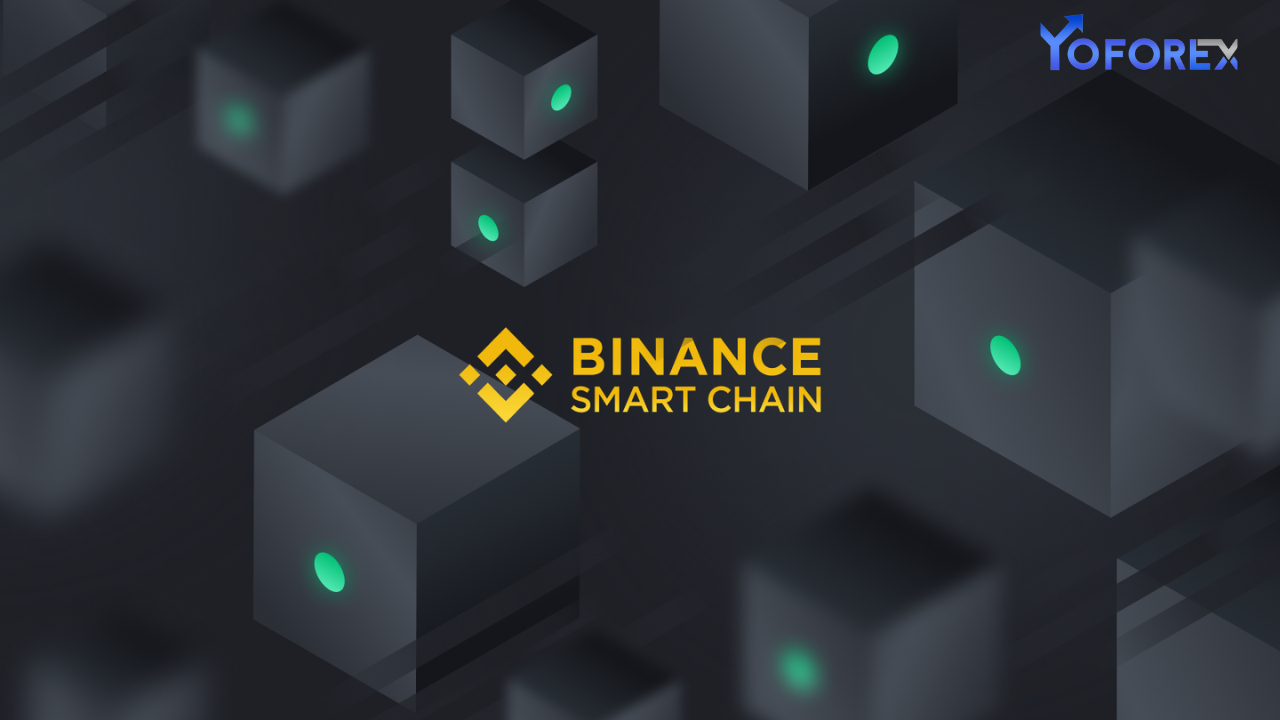The popularity of blockchain technology has made it easier than ever to create and launch your cryptocurrency token. Ethereum and Binance Smart Chain (BSC) are two of the most prominent platforms for token creation, offering robust ecosystems and extensive community support. Whether you’re planning to launch a utility token for your project or simply exploring the possibilities of blockchain, this step-by-step guide will help you create your token on Ethereum or Binance Smart Chain.
What Are Tokens?
Tokens are digital assets built on existing blockchains. Unlike coins, which operate on their blockchains (e.g., Bitcoin or Ethereum), tokens leverage the infrastructure of another blockchain. Popular token standards include:
- ERC-20: The most widely used standard for tokens on Ethereum.
- BEP-20: A similar standard for tokens on Binance Smart Chain.
Tokens can represent various utilities, such as governance rights, access to services, or financial assets.

Step-by-Step Guide to Launching Your Token
1. Define Your Token’s Purpose
Before you begin, clarify the purpose and use case for your token. Ask yourself:
- What problem does your token solve?
- Who is your target audience?
- How will your token be used (e.g., payments, governance, rewards)?
Example Use Cases:
- A governance token for voting on project decisions.
- A utility token for accessing premium features in an app.
2. Choose a Blockchain Platform
Selecting the right platform is critical for your token’s success. Compare Ethereum and Binance Smart Chain based on your needs:
- Ethereum:
- Offers a mature ecosystem and wide adoption.
- Higher transaction fees (gas fees).
- Best for projects requiring advanced smart contracts and integrations.
- Binance Smart Chain:
- Lower transaction fees and faster transaction times.
- Compatible with Ethereum development tools.
- Ideal for cost-sensitive projects.
Tip: Beginners often prefer BSC due to its lower fees and ease of use.
3. Set Up Your Development Environment
Before coding, prepare your development tools. You’ll need:
- Node.js: To run JavaScript-based development tools.
- MetaMask: A browser wallet to interact with the blockchain.
- Text Editor: Use a code editor like Visual Studio Code.
Install Key Tools:
- Truffle Suite or Hardhat: Frameworks for developing, testing, and deploying smart contracts.
- Ganache: A personal blockchain for testing.
Steps:
- Define the token name, symbol, and total supply.
- Use OpenZeppelin’s smart contract library for security and efficiency.
- Include functions for minting and transferring tokens.
Tip: Test your smart contract on a testnet (e.g., Ropsten for Ethereum or BSC Testnet).
4. Test Your Token
Testing ensures your token functions as intended and is free from vulnerabilities.
Use a Testnet:
- Deploy your smart contract to a testnet (e.g., Ropsten for Ethereum or BSC Testnet).
- Use MetaMask to interact with the testnet and simulate transactions.
Verify Functionality:
- Check if tokens can be transferred between addresses.
- Ensure minting, burning, and other functions work correctly.
Tools for Testing:
- Hardhat and Truffle for local blockchain testing.
- Etherscan or BscScan test net explorers to monitor transactions.
5. Deploy Your Token
Once testing is complete, you’re ready to deploy your token on the mainnet.
Steps to Deploy:
- Compile your smart contract using your development framework (e.g., Truffle or Hardhat).
- Connect your MetaMask wallet to the mainnet.
- Deploy the contract and pay the gas fees in the blockchain’s native token (ETH for Ethereum, BNB for BSC).
Tip: Double-check all parameters before deploying, as mainnet deployments are irreversible.
6. Verify Your Smart Contract
Verifying your contract enhances transparency and trust among users.
- Use blockchain explorers like Etherscan or BscScan.
- Provide the source code and metadata for your contract.
Tip: Verified contracts are more likely to gain community acceptance and attract investors.
7. List Your Token on Exchanges
To enable trading, list your token on decentralized or centralized exchanges.
Decentralized Exchanges (DEXs):
- Platforms like Uniswap (Ethereum) and PancakeSwap (BSC) allow you to create liquidity pools for your token.
Centralized Exchanges (CEXs):
- Apply to list your token on major exchanges like Binance or Coinbase.
Tip: Start with DEXs for easier listing and liquidity management.
8. Promote Your Token
Building awareness is essential for adoption and success.
Strategies:
- Social Media: Leverage platforms like Twitter, Reddit, and Discord to engage with potential users.
- Content Marketing: Publish blogs, videos, and tutorials explaining your token’s utility.
- Community Building: Host AMAs (Ask Me Anything) sessions and incentivize early adopters with airdrops.
9. Ensure Security and Compliance
Security and regulatory compliance are critical to avoid vulnerabilities and legal issues.
Security Audits:
- Conduct regular audits using services like CertiK or OpenZeppelin.
- Fix vulnerabilities such as reentrancy attacks or overflow errors.
Regulatory Compliance:
- Research local laws regarding cryptocurrency creation.
- Ensure your token complies with securities regulations and anti-money laundering (AML) policies.
Conclusion
Launching your token on Ethereum or Binance Smart Chain is a rewarding journey that combines technical knowledge and strategic planning. By following this step-by-step guide, you can create a secure, functional, and impactful token that aligns with your goals. Remember, success doesn’t end with deployment—maintaining your token’s ecosystem and engaging with the community is key to long-term growth.

